As the 1960s dawned, BMC were reveling in the success of their new Mini – the first successful true minicar to be built in Britain in the postwar era. Management at Ford of Britain in Dagenham felt that they could not develop a similar small car to the same scale as the production cost would be too high, so instead they set about creating a larger family car which they could sell in large numbers. The result was the Cortina, a distinctively styled car aimed at buyers of the Morris Oxford and Vauxhall Victor, that was launched on 20 September 1962.
The Cortina was available with 1.2 L and 1.5 L four-cylinder engines in two-door and four-door saloon and four-door estate forms. Standard, Deluxe, Super and GT trims were offered but not across all body styles. Estates offered the option of fake wood side and tailgate trim, aping American-style estates, for a short time. There were two main variations of the Mark 1. The Mark 1a possessed elliptical front side-lights, whereas the Mark 1b had a re-designed front grill incorporating the squarer side-lights. A notable variant was the Lotus Cortina.
Advertising of the revised version, which appeared at the London Motor Show in October 1964, made much of the newly introduced “Aeroflow” through-flow ventilation, evidenced by the extractor vents on the rear pillars. A subsequent test on a warm day involving the four different Cortina models manufactured between 1964 and 1979 determined that the air delivery from the simple eye-ball outlets on the 1964 Mark I Cortina was actually greater than that on the Mark II, the Mark III or the Mark IV.[7] The dashboard, instruments and controls were revised, for a the second time, having already been reworked in October 1963 when round instruments replaced the strip speedometer with which the car had been launched:[3] twelve years later, however, the painted steel dashboard, its “knobs scattered all over the place and its heater controls stuck underneath as a very obvious afterthought” on the 1964 Mark I Cortina was felt to have aged much less well than the car’s ventilation system.[7] It was also in 1964 that front disc brakes became standard across the range.[3]
The Cortina was launched a few weeks before the London Motor Show of October 1962 with a 1197 cc 3-bearing engine, which was an enlarged version of the 997 cc engine then fitted in the Ford Anglia.[3] A few months later, in January 1963, the Cortina Super was announced with a 5-bearing 1499 cc engine.[3] Versions of the larger engine found their way into subsequent variations, including the Cortina GT which appeared in Spring 1963 with lowered suspension and engine tuned to give a claimed output of 78 bhp (58 kW; 79 PS) ahead of the 60 bhp (45 kW; 61 PS) claimed for the Cortina 1500 Super. The engines used across the Mark I range were of identical design, differing only in capacity and setup. The formula used was a four-cylinder pushrod (Over Head Valve) design that came to be known as the “pre-crossflow” version as both inlet and exhaust ports were located on the same side of the head. The most powerful version of this engine (used in the GT Cortina) was 1498 cc (1500) and produced 78 bhp (58 kW). This engine contained a different camshaft profile, a different cast of head featuring larger ports, tubular exhaust headers and a Weber double barrel carburetor.
Several Cortina’s feature prominently in the 1963 film Carry On Cabby where they operate as a fleet of taxis for the GlamCabs company.
Lotus Cortina models were solely offered as two-door saloons all in white with a contrasting green side flash down each flank. Lotus Cortina’s had a unique 1558 cc twin-cam engine by Lotus, but based on the Cortina’s Kent OHV engine. Aluminium was used for some body panels. For a certain time, it also had a unique A-frame rear suspension, but this proved fragile and the model soon reverted to the standard Cortina semi-elliptic rear end.

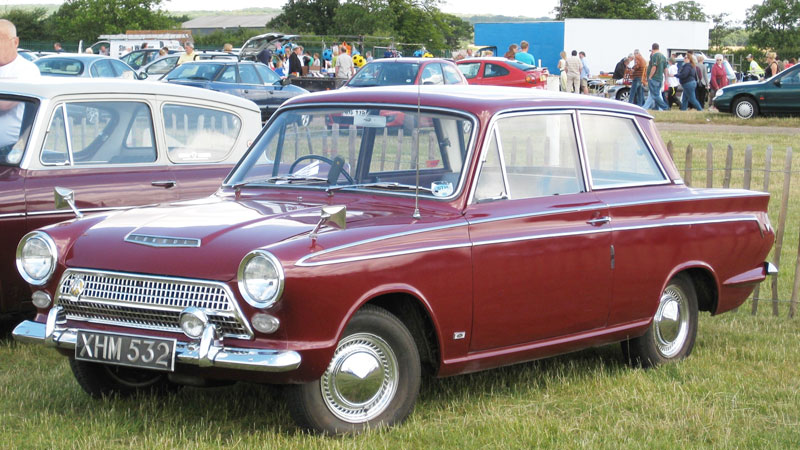
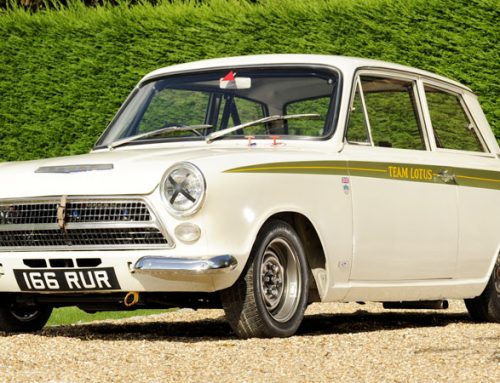
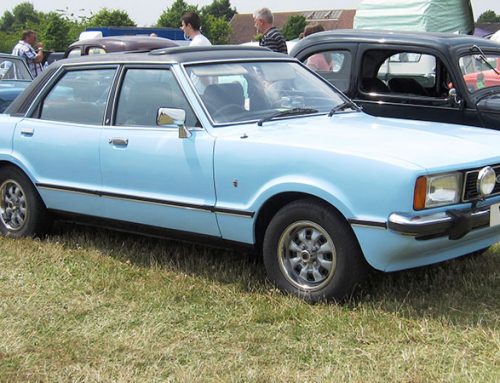
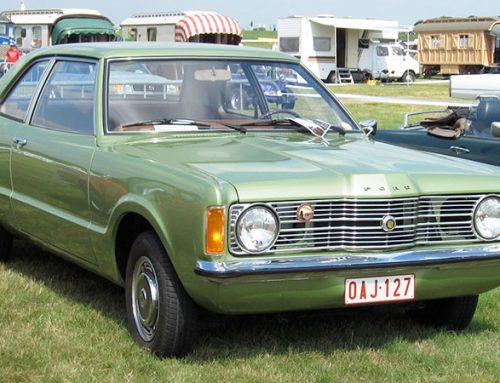
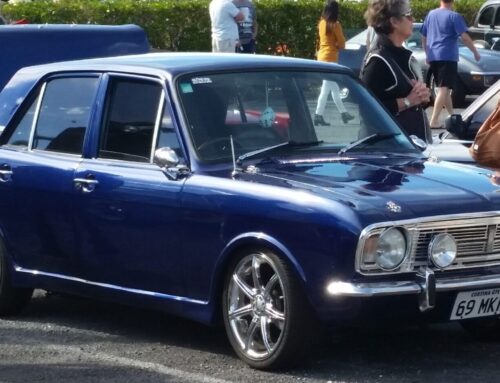
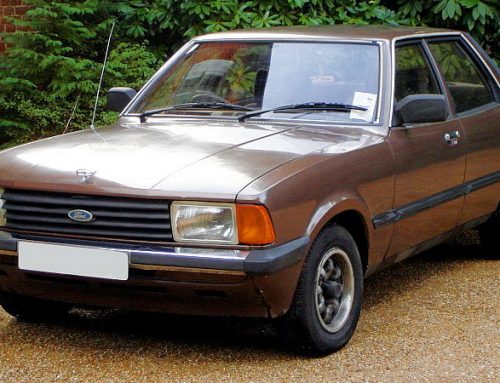
Anyone have an Auto Trans for 64 Mk 1 Cortina for sale
Hi, am looking for a mk 1 1500 cc, can anyone connect me?
Regards,
Michael,
Hi, I’m after some front single seats for a mk1 cortina,
0274659668
Thanks
Does anyone know where to find a paint chart for the 63 Mk1?